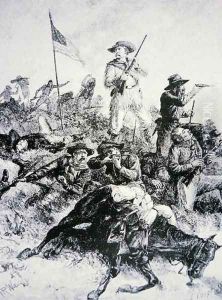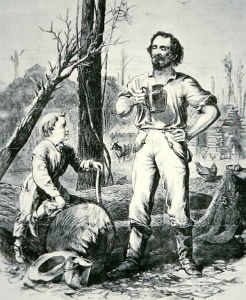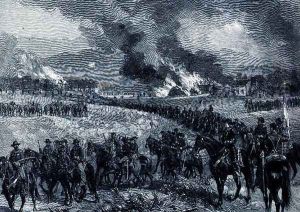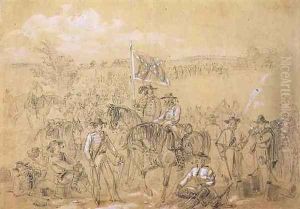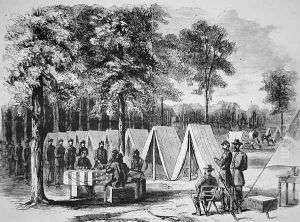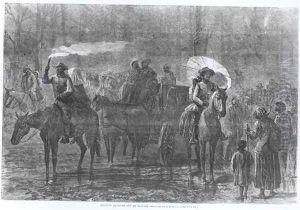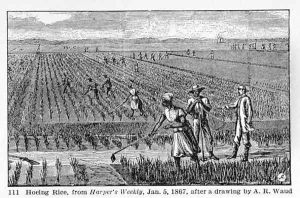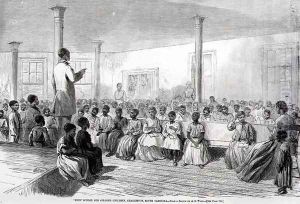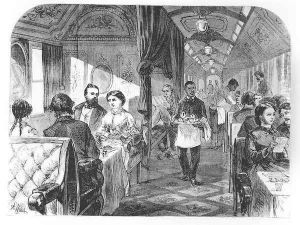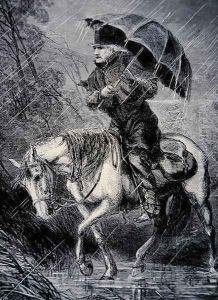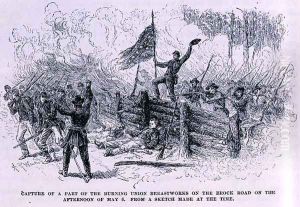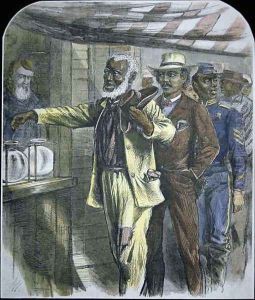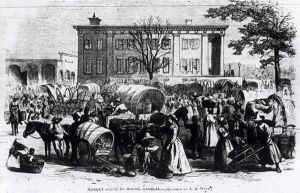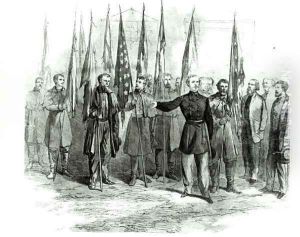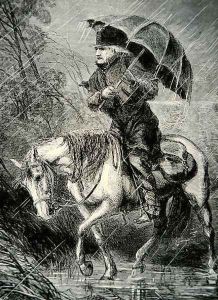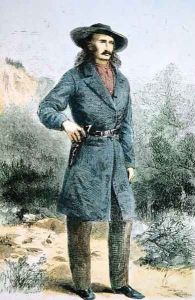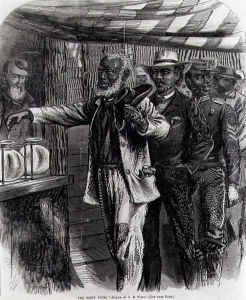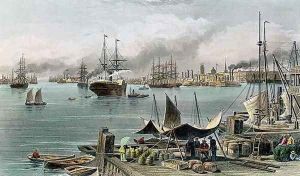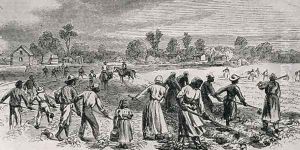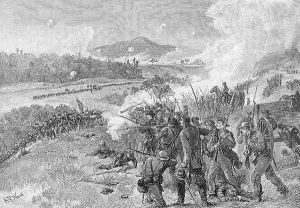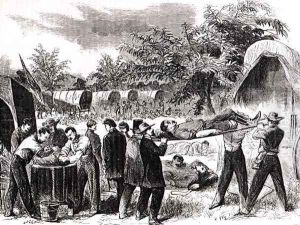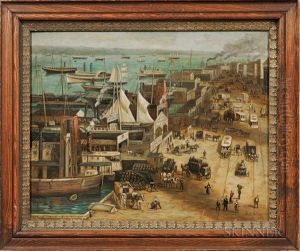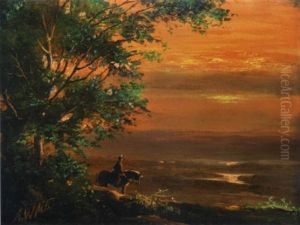Alfred R. Waud Paintings
Alfred Rudolph Waud was an English-born American illustrator and artist known for his sketches of events during the American Civil War. Born in London on October 2, 1828, Waud pursued his initial artistic education at the Government School of Design at Somerset House in his native city. He later moved to the United States in 1850 and initially worked in an architect's office, but soon shifted towards illustration.
Waud developed a reputation for his detailed illustrations of American life, landscapes, and urban scenes. However, his most significant contributions emerged during the Civil War, where he served as a special artist for the New York Illustrated News and, subsequently, for Harper's Weekly, one of the era's most prominent periodicals. Waud was known for his commitment to firsthand observation, often placing himself at the front lines of battles and within army camps to capture the essence of the war. His sketches, which were sent back to the publishers to be turned into engravings, provided the public with vivid and immediate visuals of the conflict.
Notable among his works are the sketches of the Battle of Gettysburg, the Siege of Vicksburg, and the events surrounding President Lincoln's address at Gettysburg. Waud's dedication to capturing the war's realities made him one of the most prominent artists of his time, with his illustrations serving as important historical documents.
After the Civil War, Waud continued to work as an illustrator, capturing various aspects of American life. He traveled extensively and took assignments that reflected the country's changing landscape and society during the Reconstruction era and beyond.
Alfred R. Waud passed away on April 6, 1891. His legacy is preserved through his prolific body of work, which remains a valuable resource for historians and art enthusiasts interested in the visual culture of 19th-century America and the Civil War period. His sketches not only provide insight into the historical events but also reflect the artistic style and media constraints of his time.
